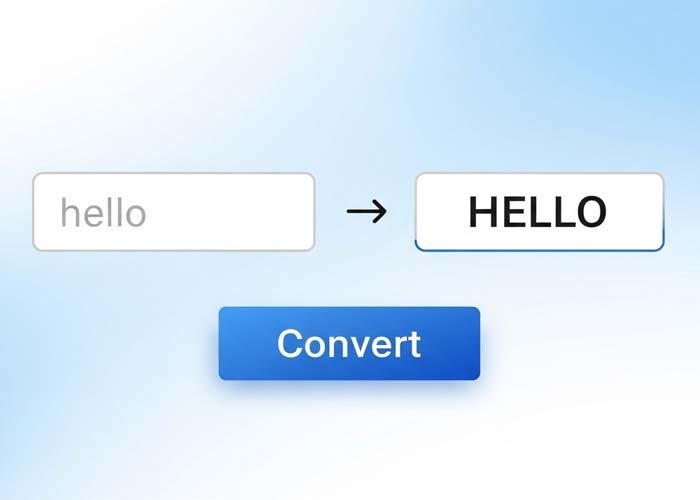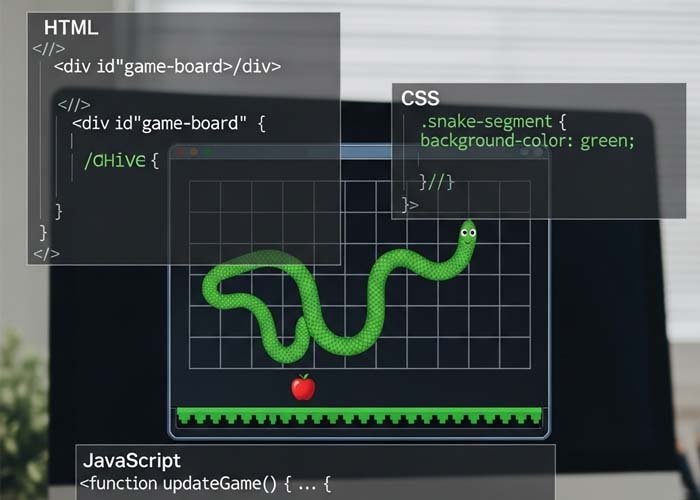Interactive Map with Animated City Labels Using HTML and CSS
This interactive map layout transforms a simple SVG background into a playful and responsive experience by placing cities at specific locations and showing animated labels when hovered. It combines structured HTML with creative CSS to build an engaging user interface without using JavaScript.
Overview of the Layout
At the core of this design is a container that holds a scalable SVG element. This SVG serves as the map’s background and includes some artistic path shapes and colors to represent land and sea areas. On top of this background, various city points are layered. These cities appear as pinpoints on the map and are positioned using custom coordinates.
Each city on the map shows a hidden label by default. When hovered, the label appears smoothly with a themed emoji and city name, like “🏖️ Beach city” or “🎢 Funland”. Some of the labels even feature extra animations, such as growing or sliding into view.
How City Positions Are Handled
Every city marker uses two custom properties — one for the x-axis and one for the y-axis. These percentage-based values determine where the city pin appears on the SVG background. This approach keeps each city’s position relative to the overall map dimensions, making the layout responsive to different screen sizes.
The city is then visually represented by a circular area, and a pin symbol appears above it. When a user hovers over that city’s area, the pin moves slightly and a city label is revealed.
Hover Effects and City Labels
The interactive part of this layout begins when hovering over a city. At that point, several changes take place:
The map pin slightly moves downward to give it a dynamic, lifted effect.
A label fades in smoothly from above the pin, displaying the city’s name and icon.
If the city uses a special animation class, the emoji icon in the label animates separately — either growing upward with bouncy steps or sliding in from the side.
These subtle animations create a more playful and engaging experience, adding a layer of fun to exploring the map.
Styling and Animations
The design features several thoughtful styles:
Rounded containers and shadows give the map a soft, modern look.
Custom variables control the size of pins, font styles, and background colors, making it easy to adjust the theme.
The animations are built with pure CSS using keyframes, giving smooth transitions without the need for any scripts.
For example, the “Flower city” label grows from below, while “Coast city” slides in from the left. Each of these adds personality to the map and can be reused for other points of interest.
Use Cases for This Interactive Map
This layout is perfect for visualizing location-based content in a creative way. It could be used for:
Showcasing tourist spots on a custom travel map
Marking project offices or headquarters
Representing fictional cities in a storytelling or educational context
Interactive guides for theme parks or resorts
Because it’s built using scalable vector graphics and CSS, the layout is responsive and performance-friendly. It works on modern browsers and can be easily adapted to fit different map visuals or themes.
Final Thoughts
This interactive map design makes use of layered HTML and CSS to create a clean and animated layout that invites user interaction. With scalable placement, smooth hover effects, and emoji-enhanced labels, each city feels alive and part of a fun digital experience. It’s a great example of how thoughtful design can turn a basic map into something engaging and memorable.
This code uses HTML and CSS only — no JavaScript included.
Copyright – 2025 SnyDeTreves (Sny_de_Treves)
Permission is freely granted to anyone who obtains a copy of this software and its accompanying documentation files (referred to as “the Software”), allowing them to use, copy, modify, merge, publish, distribute, sublicense, and even sell copies of the Software. Additionally, users are allowed to permit others to use the Software under these same terms.
It is required that the above copyright notices and this permission notice be included in all versions or significant portions of the Software.
Please note, the Software is provided “as is”, without any form of warranty—express or implied. This includes, but is not limited to, warranties of merchantability, fitness for a specific purpose, or non-infringement. Under no circumstances shall the original authors or rights holders be held responsible for any claims, damages, or other liabilities that may arise from the use of the Software, whether through legal action, negligence, or otherwise.
All code on Freeofcosts.com is reviewed before publishing. Each post includes a live code editor with real-time preview, so you can experiment and learn by doing. Most code is open-source and free to use or modify under respective licenses.



